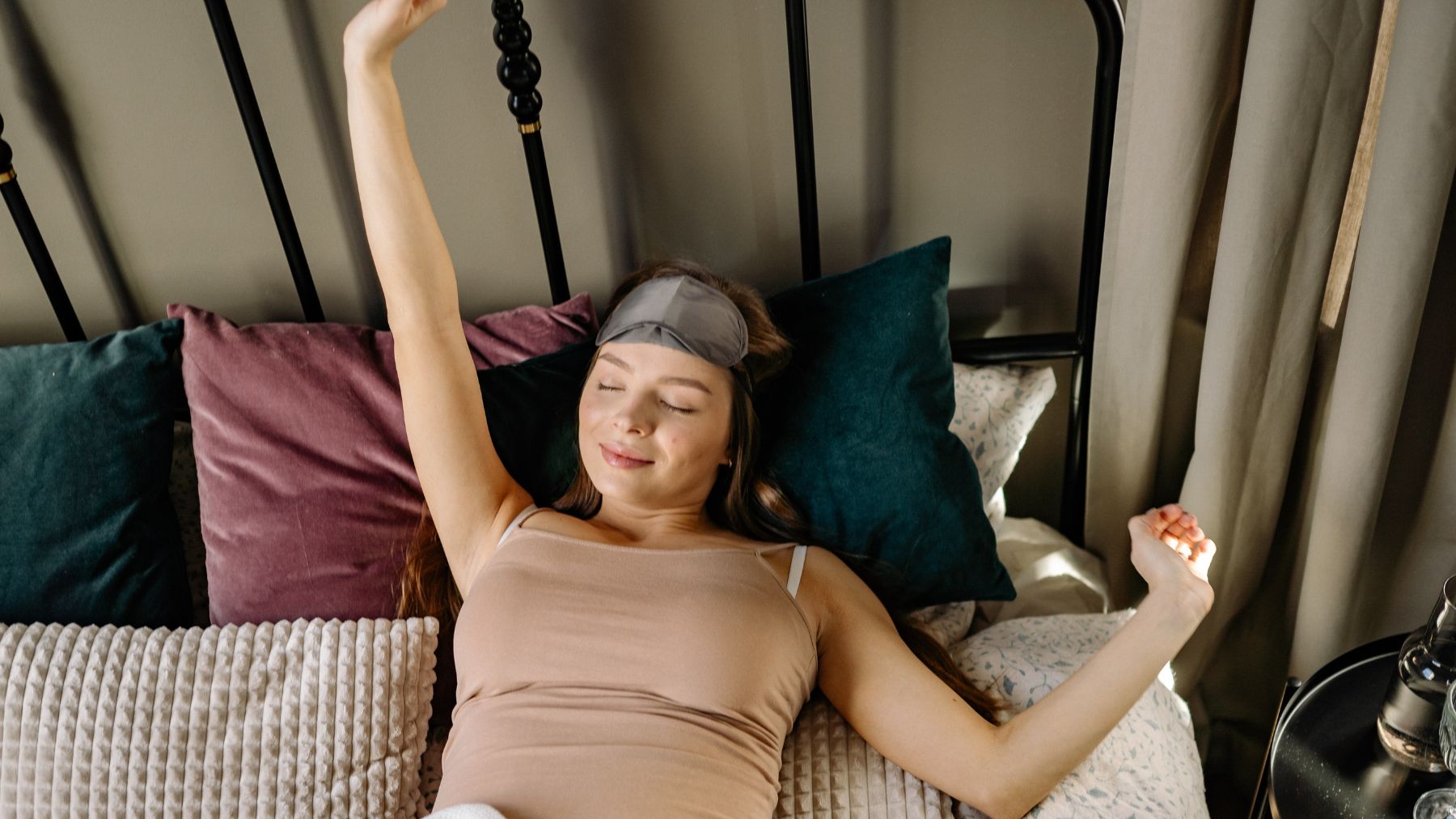Sleeping well: the pros and cons of every position you sleep in
What is the best position for a good night’s sleep? This is the question you should ask yourself,
because the number of hours and quality of our sleep affect the course of our day, responsiveness, and
daily well-being. Sleep is a physiological need that the body cannot live without. Sleeping well is another matter, though.
For a good night’s sleep there are several factors to be considered: nutrition, exposure to sunlight, physical activity, meaning the amount of movements made during the day, level of stress and fatigue; but also environmental factors: lighting, noise, and mattress or pillow.
However, the position in which you sleep is of even greater importance. If you already feel tired when you wake up, try to remember the position in which you fell asleep. For example, sleeping on your left side has many benefits.
Then remember that the spine is made up of “curves” that control the mobility, elasticity and strength of the spine itself, lordosis and kyphosis. Maintaining the pattern of these natural “curves” even when lying down is the secret to a healthy and restful sleep.
Let’s discover 10 ways to ensure quality sleep and actual rest:
